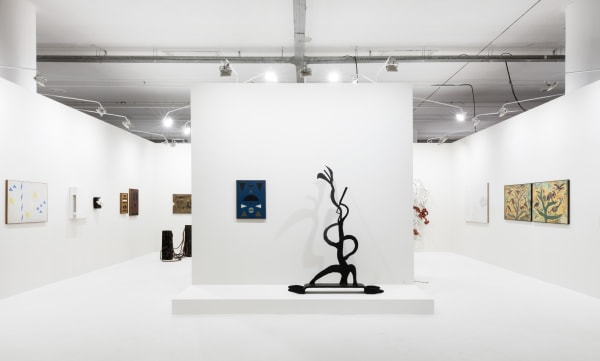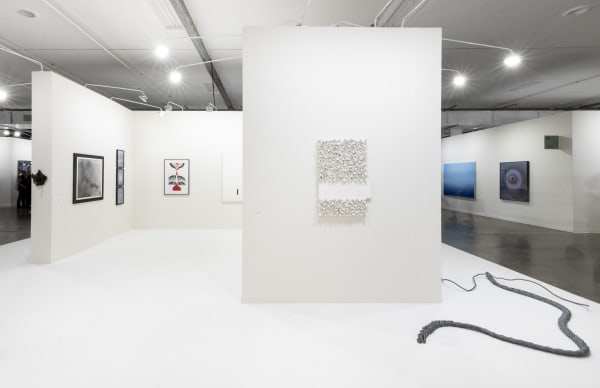Alfredo Volpi 1896-1988
Alfredo Volpi (Lucca, Italy 1896 - São Paulo, Brazil 1988). Painter. Moved to São Paulo with his parents in 1897 and while still a child, studied at the Escola Profissional Masculina do Brás [Men's Professional School of Brás]. At a later date, he worked as a joiner, woodcarver and bookbinder. In 1911, he became a painter-decorator and began painting on wood and canvas. During the 1930s, he became a member of the Grupo Santa Helena [Santa Helena Group] with various other artists, such as Mario Zanini (1907 - 1971) and Francisco Rebolo (1902 - 1980). In 1936, he took part in the formation of the Sindicato dos Artistas Plásticos of São Paulo [São Paulo Artists' Union], joining the Família Artística Paulista - FAP [São Paulo Artistic Family] in 1937. His initial output was figurative, most notably of seascapes painted in Itanhaém, São Paulo. At the end of the 1930s, he associated with the painter, Emídio de Souza (1868 - c.1949). In 1940, he won a competition organised by the Instituto do Patrimônio Histórico e Artístico Nacional - IPHAN [National Heritage Institute], with works based on monuments in the cities of São Miguel and Embu, becoming enchanted with colonial art, and turning to popular and religious themes. He also carried out commissions for Osirarte, a tiling company created in 1940 by Rossi Osir (1890 - 1959). His first solo exhibition was held at the Galeria Itá [Itá Gallery] in São Paulo, in 1944. In 1950, he travelled to Europe together with Rossi Osir and Mario Zanini, where he was impressed by pre-Renaissance works. From the 1950s onwards, he began to execute works that gradually moved towards abstraction. In 1956 and 1957, he was invited to take part in the Exposições Nacionais de Arte Concreta [National Exhibitions of Concrete Art], maintaining contact with artists and poets of the Concretist group. In 1953, he shared the prize for best painter at the Bienal Internacional de São Paulo [São Paulo International Bienal] with Di Cavalcanti (1897 - 1976), receiving the Guggenheim Prize in 1958 and the prizes for best Brazilian painter from the art critics of Rio de Janeiro in 1962 and 1966.
-

ArtRio 2025
10 - 14 Sep 2025Galatea is pleased to participate in the 15th edition of ArtRio , taking place from September 10th to 14th at Marina da Glória, in Rio...Read more -

SP-Arte 2024
3 - 7 Apr 2024Galatea is pleased to announce the participation in SP–Arte 2024, taking place at the Bienal Pavilion from April 3 to April 7, 2024. At our...Read more -

SP-Arte 2023
29 Mar - 2 Apr 2023Galatea’s booth for this edition of SP Arte will present works by artists that reflect our artistic program, featuring works by our represented artists, as...Read more -

Brazilian Threads
SP-Arte: rotas brasileiras 24 - 28 Aug 2022Galatea is pleased to announce the participation in SP–Arte Rotas Brasileiras, which will take place at Arca, between August 24 and 28, 2022. The project...Read more

![Alfredo Volpi, Sem título [Untitled], 1949](/lib/archimedes/images/shim.gif)
